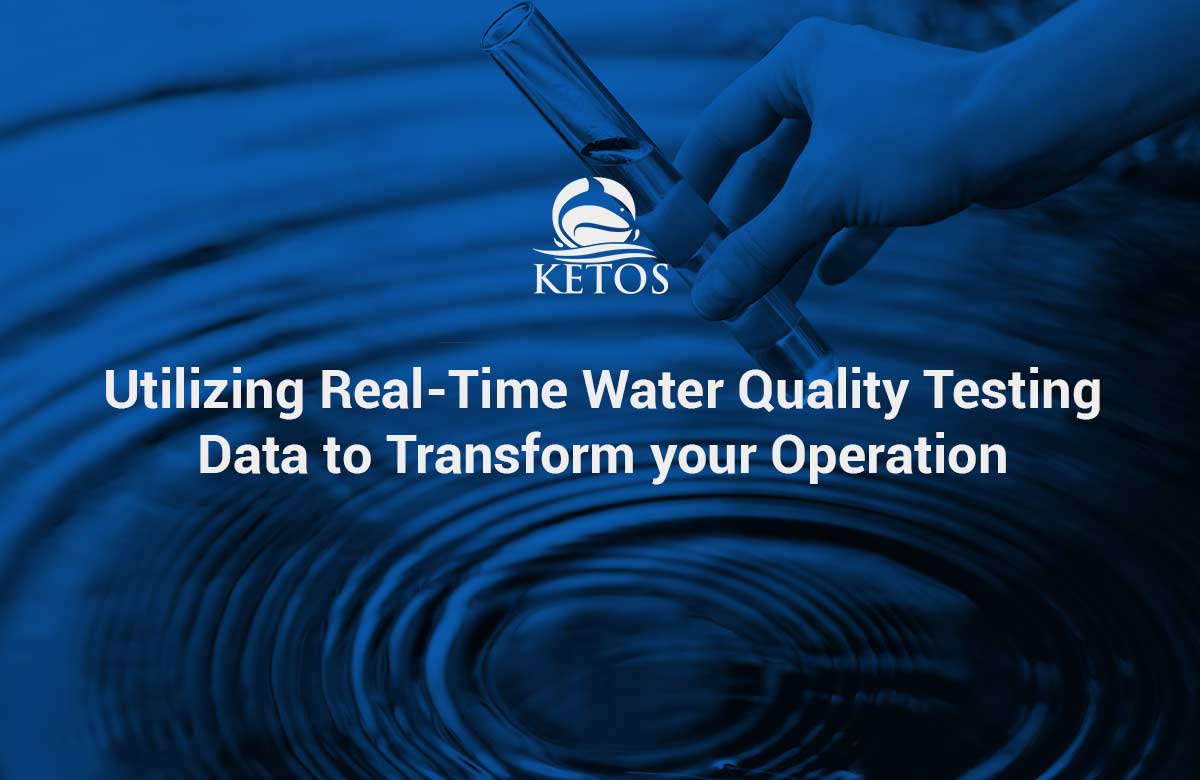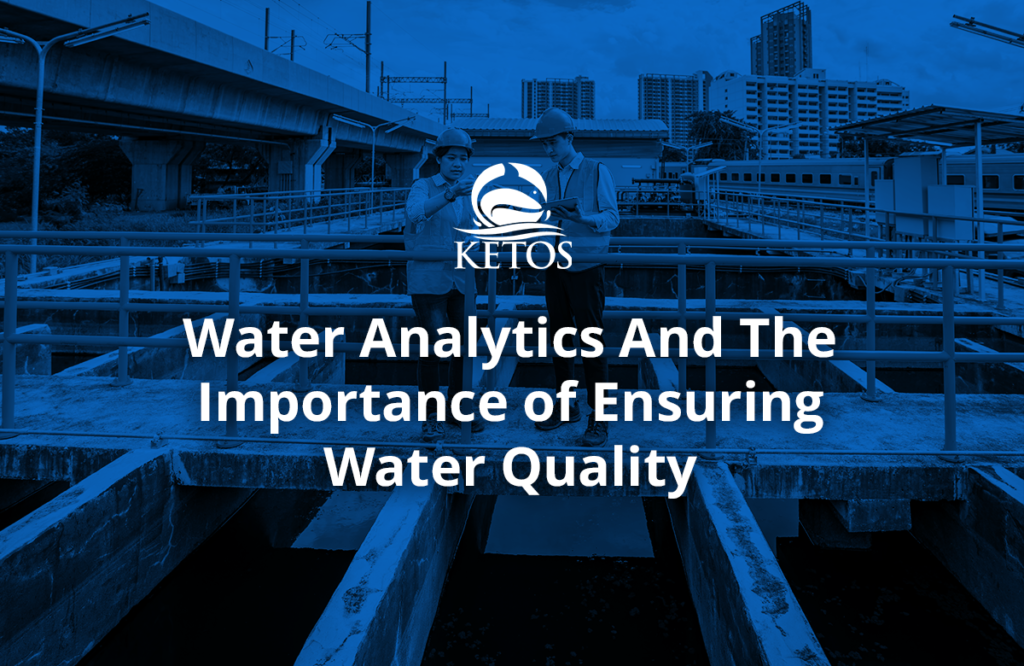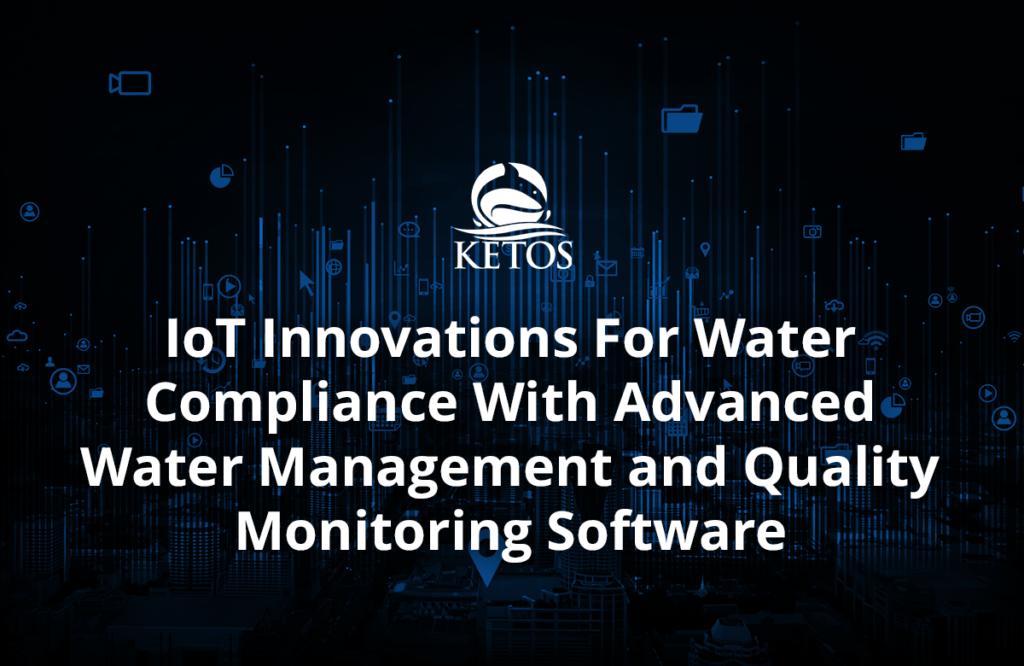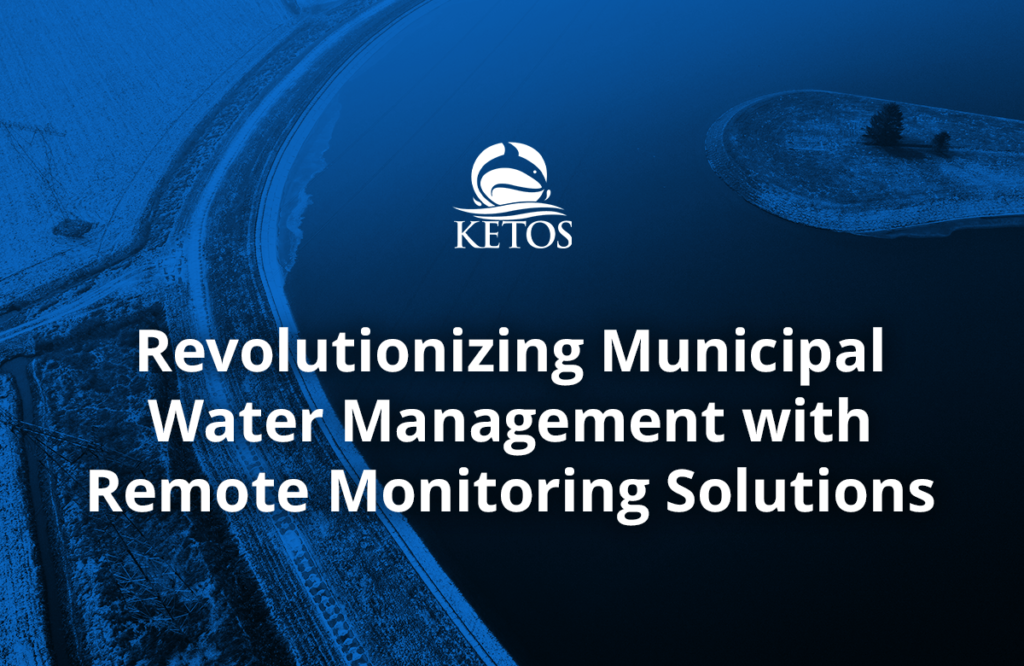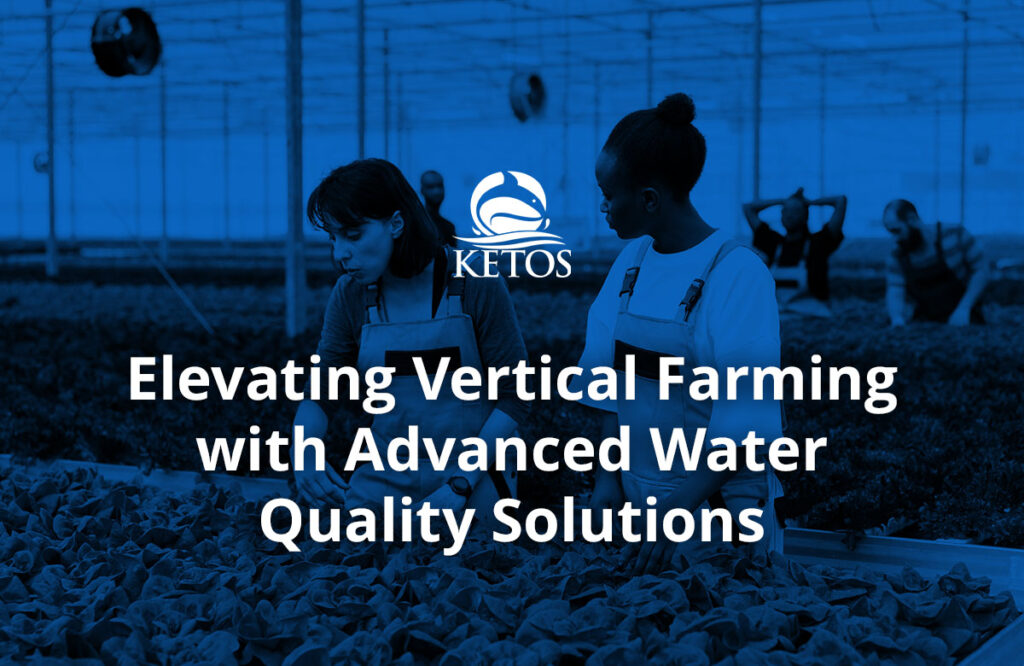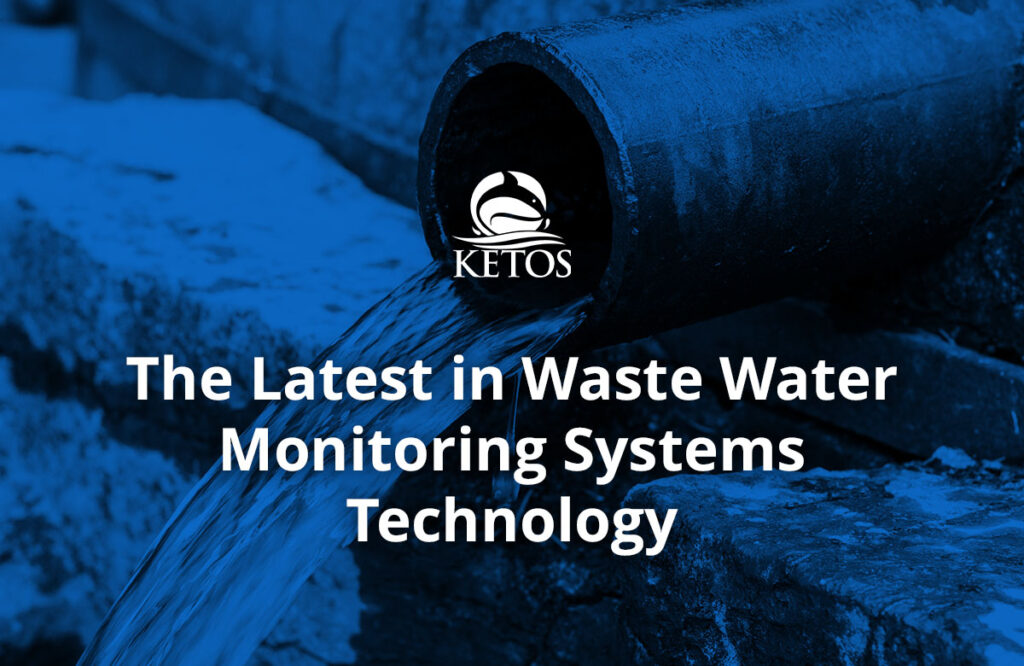In the last couple of years, real-time water quality testing has risen in importance – for good reason. Fixing aging water infrastructure elevated in urgency as part of the Biden administration’s overall infrastructure agenda. There have also been recent infrastructure hacks that make utility companies nervous. Over every other event both in the water industry and beyond, a three-year struggle to control COVID-19, as the virus disrupts traditional approaches to everything, from work and travel to health and infrastructure, remains top of mind. There has also been the issue of ongoing drought conditions in the southwest of the country that has had many industries and utilities re-imagining their water infrastructure and working towards long-term commitments to decreasing usage and investing in water recycling programs.
While long-term projects (like removing lead pipes from infrastructure) remain an ongoing challenge, a more recent dilemma has centered on how companies, utilities, and communities can better manage their water and water quality. Traditionally, water quality testing and monitoring have been expensive and labor-intensive. However, with the advent of newer, more efficient, and reliable technologies (AI, machine learning, automation, IoT, and cloud storage), water quality testing has gone digital (and has become less expensive).
The Problem With Traditional Water Testing Methods
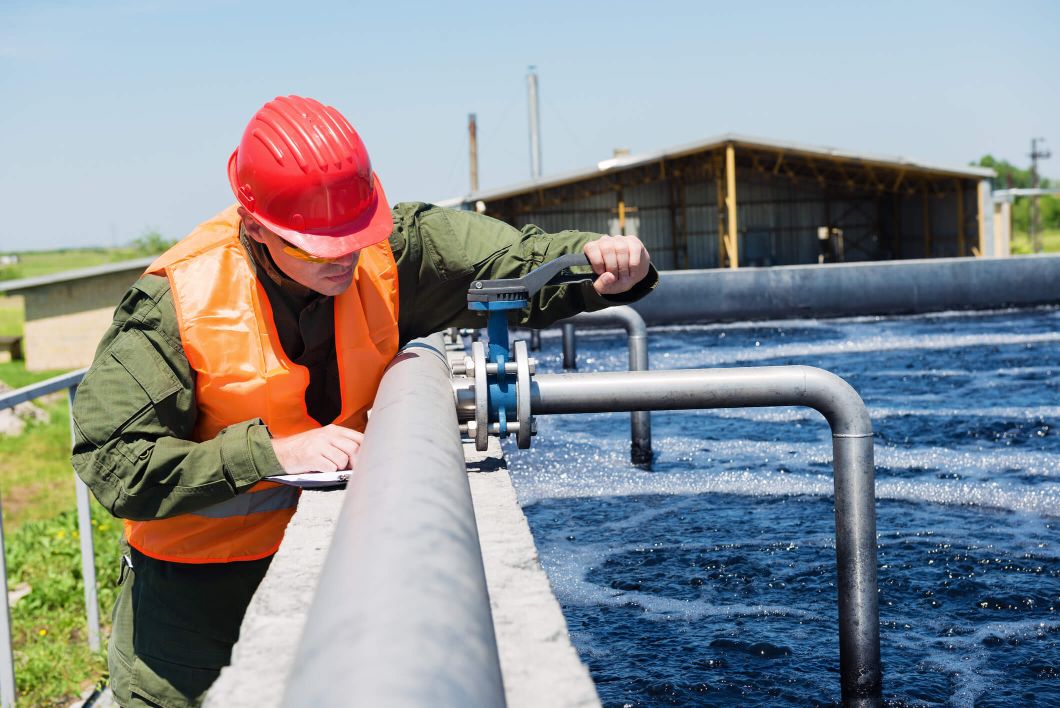
The water industry needs to adapt more quickly. That said, in many ways, COVID-19 has helped many to realize that digital transformation isn’t just inevitable – it’s necessary. During the pandemic, for example, it became difficult to have personnel on-site safely. Instead, it offers a way to monitor water safely from afar, allowing organizations to reduce infection while maintaining services. The idea of digitizing monitoring became not just a quick fix but a way to resolve long-term staffing issues and helped free up time for businesses and utilities that could divert resources to other, more pressing tasks.
While many water operators still rely on traditional water testing approaches, many have begun to look elsewhere for solutions. The reason? Traditional testing is cumbersome, labor-intensive, and often expensive. And, with many organizations facing personnel shortages and historically tight budgets, the old ways don’t make sense anymore.
For example, water sampling typically involves gathering physical samples from water supplies. If water is used in various areas and for different purposes along the production lines in a facility, water must be sampled at every point along the infrastructure chain to ensure its quality and composition aligns with the needs of the process. For example, in oil and gas fields with multiple wells, this process may require physical presence across a wide geographic area, and when water sampling manually, collecting those samples takes time and human effort.
Sometimes, sampling means pulling water samples and delivering them to third-party labs for analysis. Data scientists are expensive, and the process can take time (days or weeks) before a report can be created and delivered. Even before delivery, stringent chains of custody must be adhered to, requiring manual paperwork and sign-off before the samples leave the organization. Once the report is delivered, however (days or even weeks later), chances are the water quality has already shifted and changed, meaning the readings from last week are likely out of date, and water operators are acting on old data when making decisions.
When water operators opt to have manual devices to test water quality in their infrastructure, other issues come into play. For example, many hand-held devices only monitor for specific parameters, meaning operators aren’t getting a complete picture of their water composition. Additionally, on-site manual labor intensifies without digital intervention. Not only must samples be tested, but operators must pull them at specific times (often multiple times a day). The tools themselves must also be cleaned, calibrated, and carefully maintained to deliver accurate readings continuously. This high level of manual labor pulls employees away from other essential tasks. There’s also the risk of human error entering the equation and mistakes made during testing, recording, or reporting events that may skew results.
Leveraging Technology
A simple way to address these water quality testing issues is to introduce modern solutions to take manual labor out of the equation entirely. In the past few years, water operators have begun to investigate or embrace the notion of automating their testing to gather real-time results they can act upon.
Technology Can Help Monitor For A Wide Range Of Quality Issues In Real Time
- Alkalinity
- Arsenic
- Boron(Dissolved)
- Cadmium
- Calcium
- Chromium
- Conductivity
- Copper
- Dissolved Oxygen
- Dissolved Silica
- Fluoride
- Free Chlorine
- Iron
- Langelier Saturation Index (Calculated)
- Lead
- Magnesium
- Manganese
- Mercury
- Molybdenum (VI)
- Nickel
- Nitrates
- Nitrites
- ORP
- Orthophosphates
- pH
- Potassium
- Residual Chlorine
- Salinity
- Selenium
- Temperature
- Total Ammonia Nitrogen
- Total Dissolved Solids
- Total Hardness
- Sulfates
- Zinc
To achieve real-time water quality testing, a digital solution that can automate sampling integrates into existing infrastructure. The automated sampling of water can help a company test for contaminants or environmental factors on-site and allows water operators to collect KPIs at regular intervals without manual intervention. Modern technology-enabled solutions can test more often, deliver results faster, and moderate testing times so that results begin to get reported with more regularity and predetermined intervals so that operators can start to pick up on patterns and adjust water treatment in a more nuanced, scientifically sound way.
Water Operators: For or Against Modern Water Quality Testing Solutions?
While traditionally slow to change and cautious in approach, the water industry has begun to embrace digital technologies en masse. Some are still slow to act. That said, it’s often based on a lack of knowledge around the cost of digital transformation, the security of digital solutions, and the knowledge base needed to transform digitally.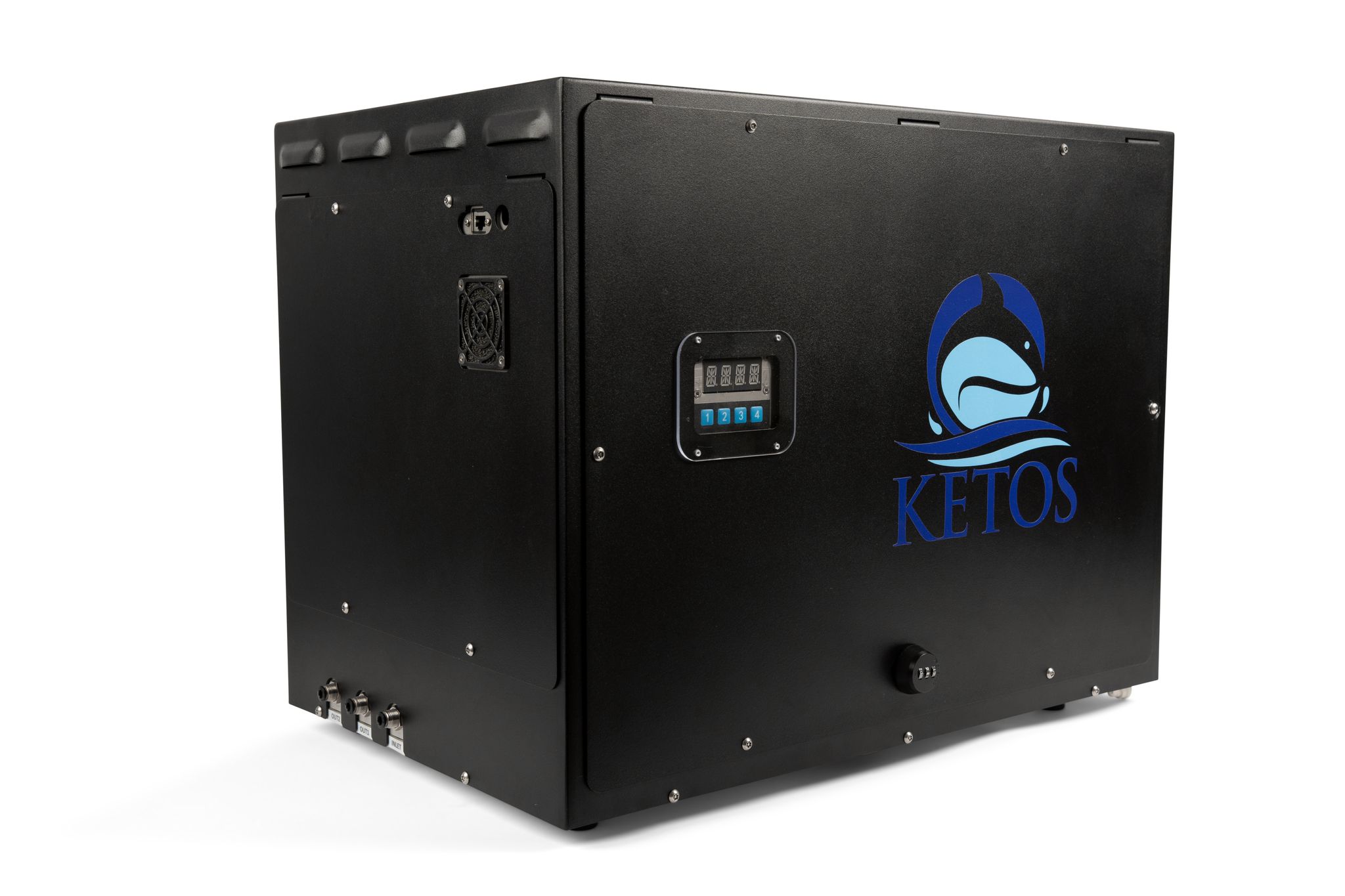
Many water operators are used to dealing with physical infrastructure. Their fear of relying on readings from a digital machine lies in their fear of being unable to understand the reading or information or how the digital device operates. However, the latest technologies are hands-off, with readings designed to be clear and straightforward. Many of the most highly-rated offerings don’t require a data science degree or intensive training.
There is also a prominent misconception that digital transformation will require hundreds of thousands or millions of dollars (depending on the size and scope of the infrastructure project). This is far from reality. Many digital water quality sampling products operate for pennies on the dollar. They can help facilities save tens of thousands of dollars overnight simply by delivering precise, accurate data in real-time to operators who can spring into action at a moment’s notice (instead of days or weeks later when the problem has grown significantly worse).
As case studies and use cases become mainstream and water operators see digital solutions in practice in other facilities, digital transformation will continue to outpace traditional approaches. Also, with past and future administrations pushing for infrastructure upgrades, more funding will be available for brick-and-mortar facilities to manage water supplies and for digital assets to be included in water management plans. While it’s already happening at a federal level, states are also looking for ways to subsidize more intelligent water management. Even commercially, many brands and organizations are seeking ways to lower their water footprint as part of their bigger ESG goals (like net-zero water usage by 2030), and digital water solutions are playing a significant role in delivering promises to shareholders in private ventures.
Real-Time Water Quality Testing: Future Trends
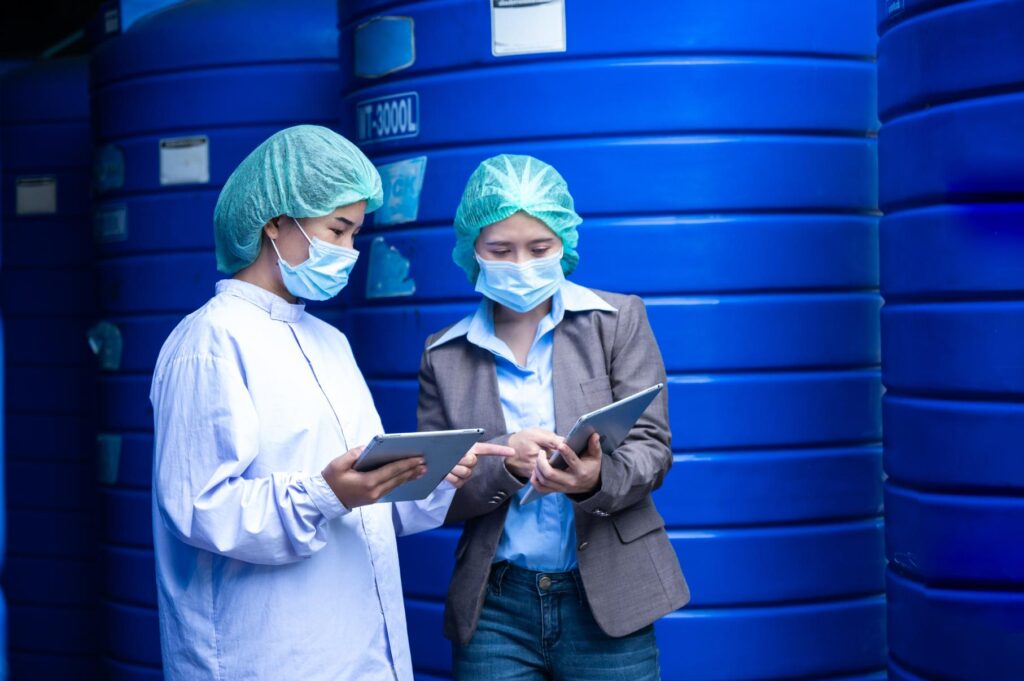
There’s a more considerable, longer-term advantage to so much digital transformation. With more accurate, reliable data begging collected across more industries and infrastructure, there’s the genuine possibility that we can all better understand water usage at a macro level to help create a network of best practices for better, smarter, more efficient long-term water usage across consumers, businesses, industries, and regions.
With more water KPIs being captured, it’s possible that, in the future, data can be anonymized and shared so that other companies and communities can tweak their approach to water quality and usage. This can help ensure that fewer contamination events occur or that water recycling programs become more efficient and cost-effective. It can also help pinpoint where infrastructure requires repair or where water wastage more commonly occurs so those specific areas can be studied and improved upon – and all of this knowledge can become shared so that water usage overall lowers or moves towards net zero. This will be especially important in areas with a higher risk of long-term drought conditions or unpredictable water supplies.
KETOS’ Digital Water Solutions
KETOS is already implementing its technology in various ways, helping water operators across industries transform their approach to water. From agriculture to oil and gas, consumer goods to community utilities, KETOS has helped transform real-time water quality testing to help organizations save money and reduce manual labor.
KETOS is also unique in that it is designed to provide a 360-degree view of water composition and can test for 30+ water parameters (including environmental factors, heavy metals, and nutrients). More parameters are added at regular intervals so that water operators have an entire menu of options to test for, allowing them to curate their reporting to meet their unique needs.
It’s also modular and interoperable. KETOS can plug into any existing infrastructure setup and communicate with SCADA and HACH setups to centralize data, so operators have one single source or truth without upending existing operations. And since KETOS devices can be placed anywhere (inside or out), operators can strategically place hardware across their water ecosystem to get water quality readings at various locations. Sampling can be programmed to pull at predetermined times, and threshold alerts can be customized so that operators can develop a predictable cadence of incoming information to help them act and react in real-time. This helps protect equipment, increase uptime, prevent contamination events, and use less water (and chemicals) at every step of the process – all while removing the need for manual labor.
The entire KETOS water quality monitoring solution also helps a company digitally transform without high up-front costs by offering a $0-CAPEX model. KETOS hardware and software is self-cleaning, calibrating, and updating for an authentic hands-off approach to maintenance, and devices plug into existing infrastructure, so operators don’t have to reimagine their operations to try and make it fit. Sampling happens as often as required for one set monthly fee for pennies on the dollar compared to third-party lab costs. With KETOS, water operators need no special operational training and get accessible visual reports delivered in real-time right to their devices so they can manage their water from wherever they are.
Learn More About Real-Time Water Quality Testing from KETOS
If you are curious to learn more about how KETOS applies the latest technology to different areas of the water industry, check out:
- Our breakdown of how KETOS works in various agricultural setups (vertical, indoor, traditional, and field operations)
- How KETOS applies in manufacturing situations
- KETOS use cases for surface water, wastewater, drinking water, produced water, process water, and more
- KETOS for municipalities
You can also see KETOS in action in real-life scenarios. Download a case study based on your area of interest here or gain a general overview of how KETOS solves water quality issues in one of our white papers.

